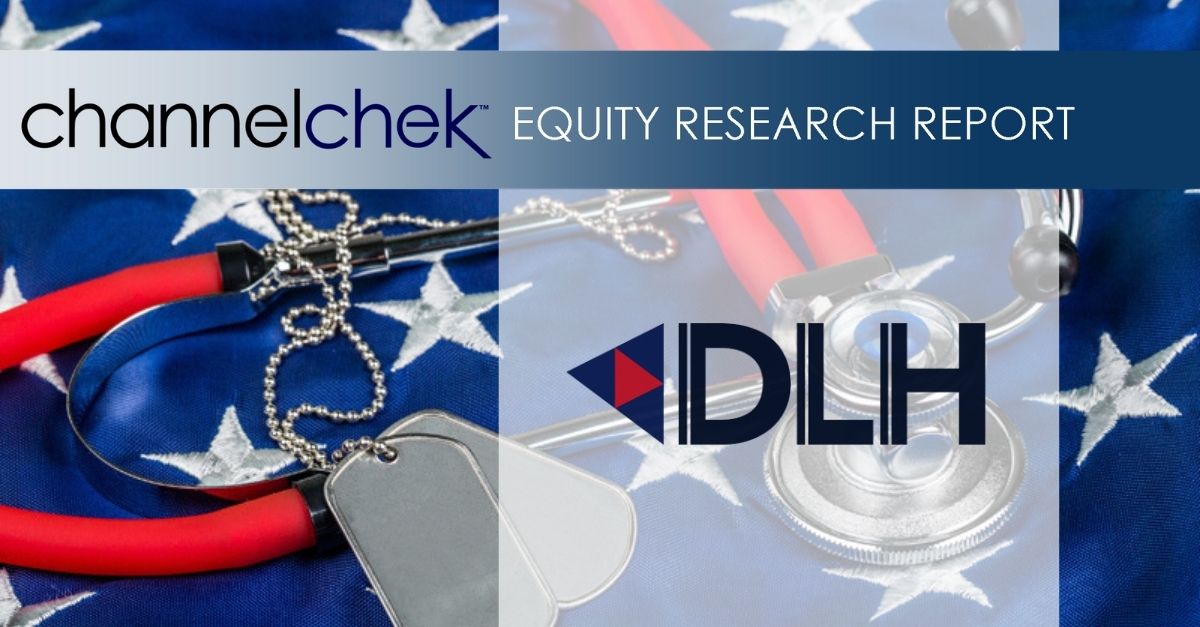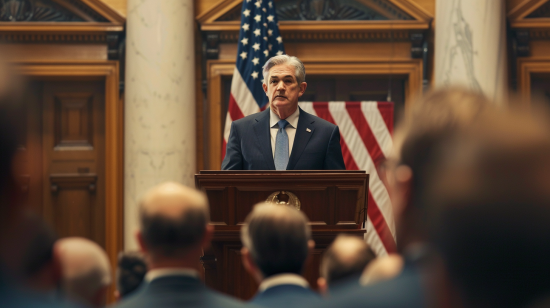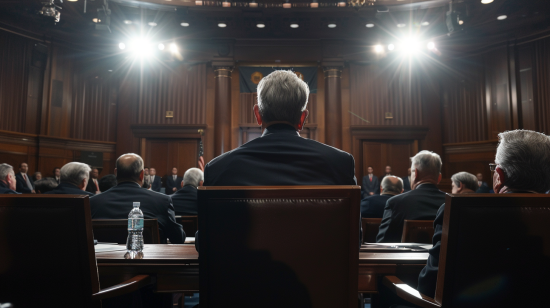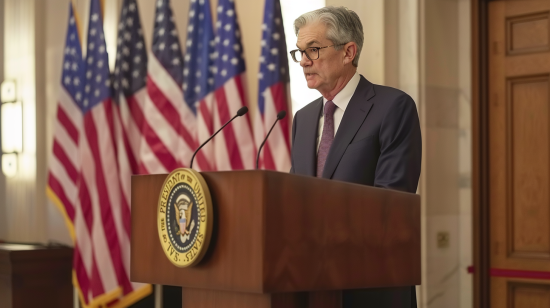
Friday, August 02, 2024
DLH delivers improved health and readiness solutions for federal programs through research, development, and innovative care processes. The Company’s experts in public health, performance evaluation, and health operations solve the complex problems faced by civilian and military customers alike, leveraging digital transformation, artificial intelligence, advanced analytics, cloud-based applications, telehealth systems, and more. With over 2,300 employees dedicated to the idea that “Your Mission is Our Passion,” DLH brings a unique combination of government sector experience, proven methodology, and unwavering commitment to public health to improve the lives of millions. For more information, visit www.DLHcorp.com.
Joe Gomes, CFA, Managing Director, Equity Research Analyst, Generalist , Noble Capital Markets, Inc.
Joshua Zoepfel, Research Associate, Noble Capital Markets, Inc.
Refer to the full report for the price target, fundamental analysis, and rating.
Environment. The government continues to delay its decision making process on various contract awards, as management notes that although decisions do take time, they have been abnormally long in 2024. Coinciding with this is the VA’s decision on its CMOP locations, which provides a good and bad aspect for DLH. The good is a likely extension of DLH’s ID/IQ contract with the VA, but the bad is that the VA is reducing responsibilities within the awards, not allowing the Company to differentiate from its competitors.
Expanding Markets. As the government delays its decisions, management is focused on its three markets in digital transformation & cyber security, science research & development, and systems & engineering & integration. These markets have had growth to their budget in recent years and we believe they provide DLH with future opportunities to expand its pipeline and add to its total proposals outstanding, a focus of management.
Get the Full Report
Equity Research is available at no cost to Registered users of Channelchek. Not a Member? Click ‘Join’ to join the Channelchek Community. There is no cost to register, and we never collect credit card information.
This Company Sponsored Research is provided by Noble Capital Markets, Inc., a FINRA and S.E.C. registered broker-dealer (B/D).
*Analyst certification and important disclosures included in the full report. NOTE: investment decisions should not be based upon the content of this research summary. Proper due diligence is required before making any investment decision.
















